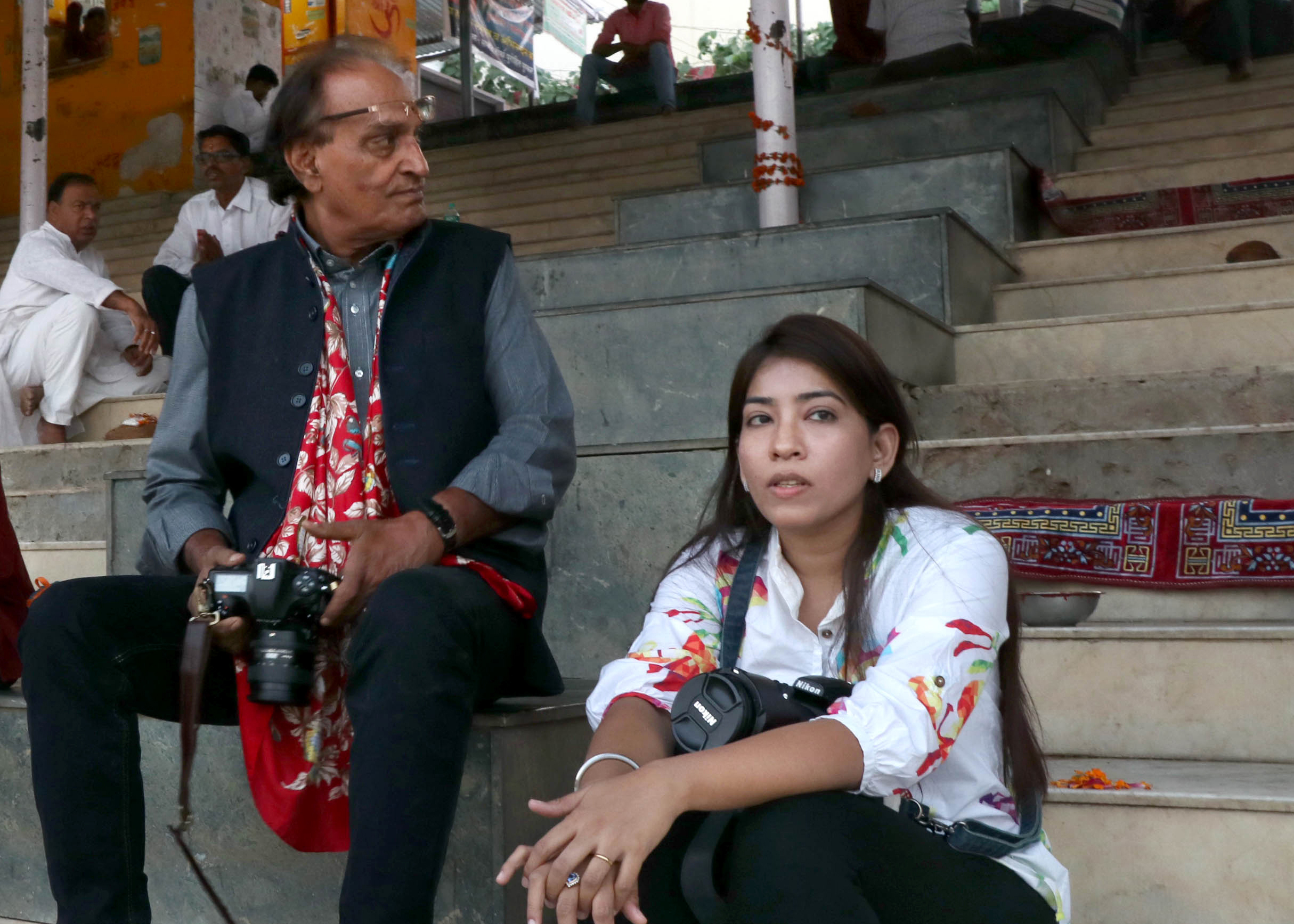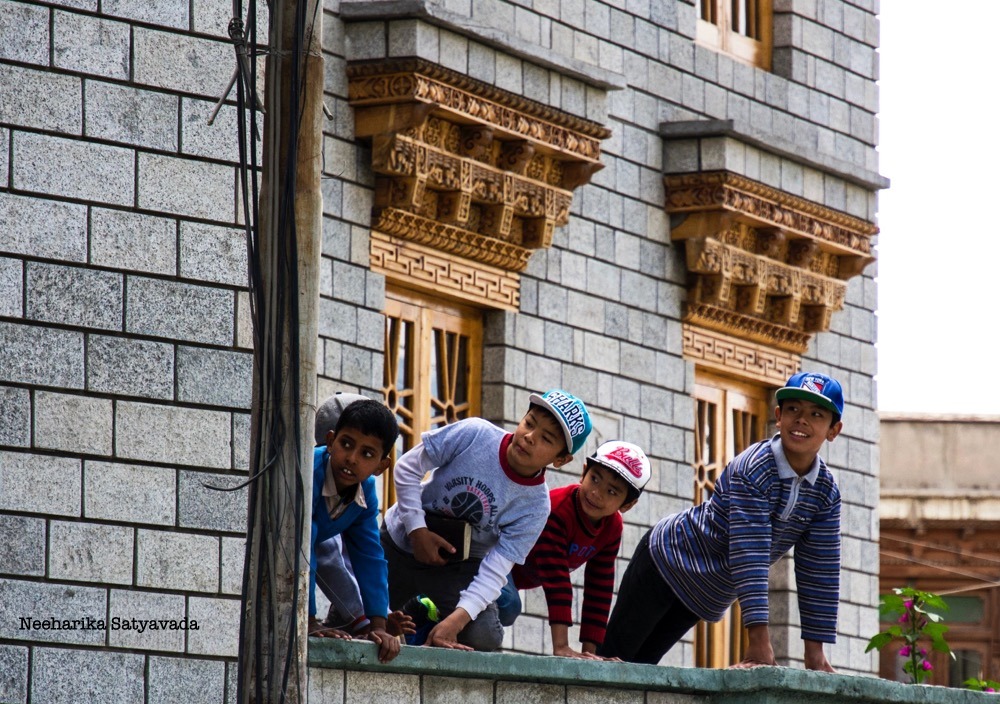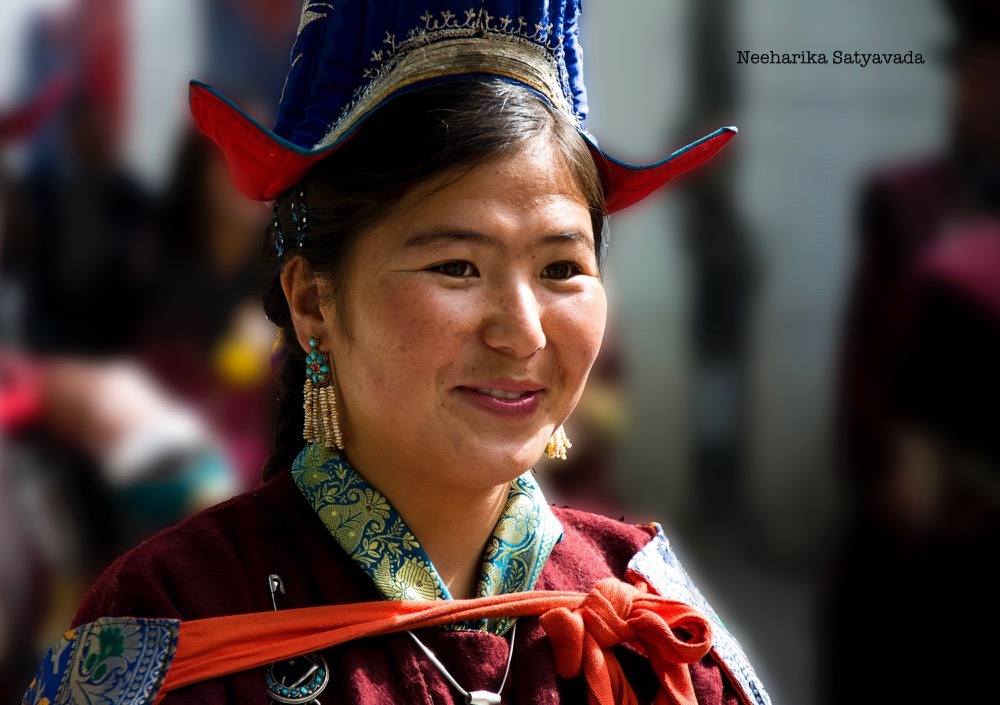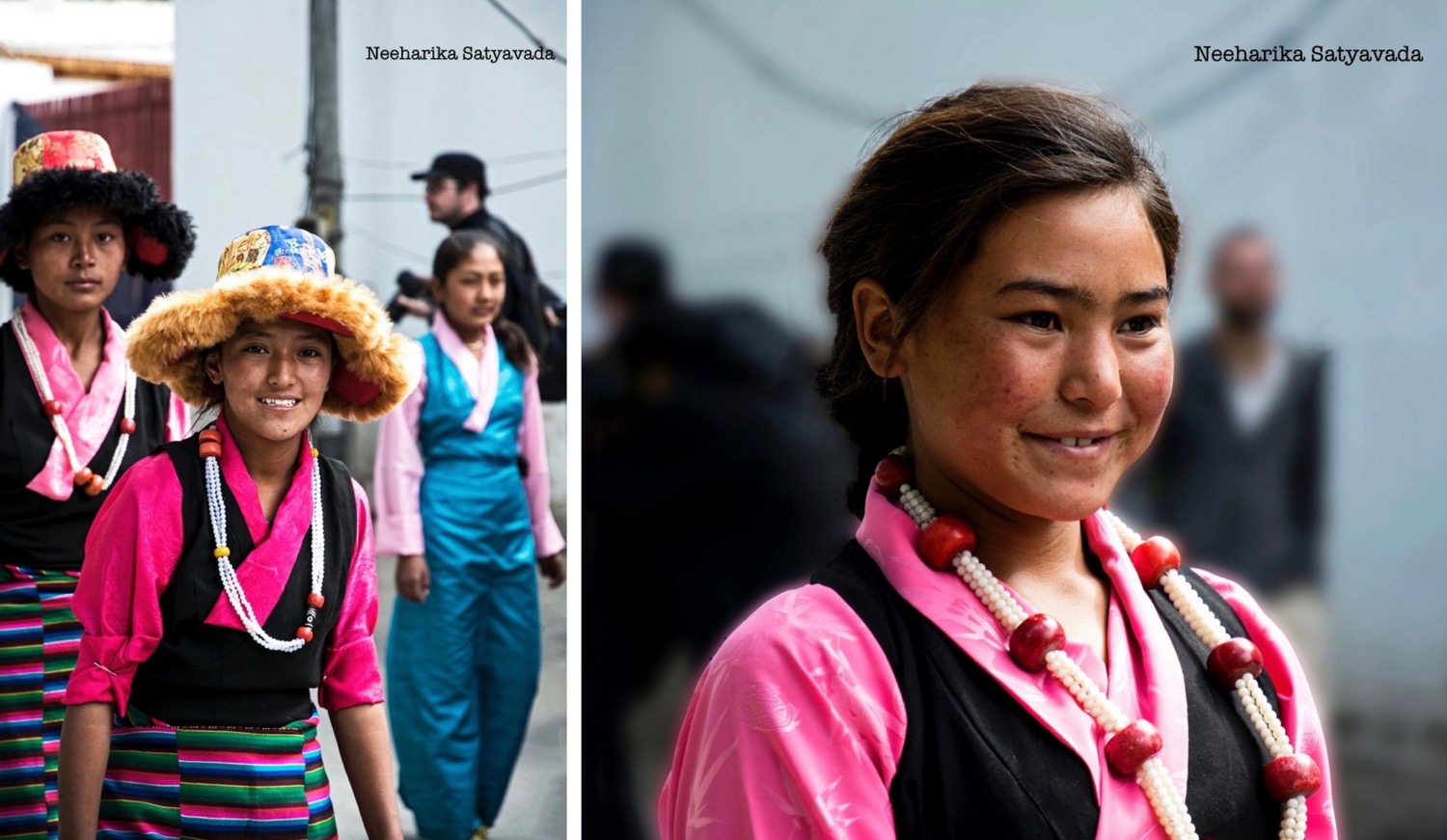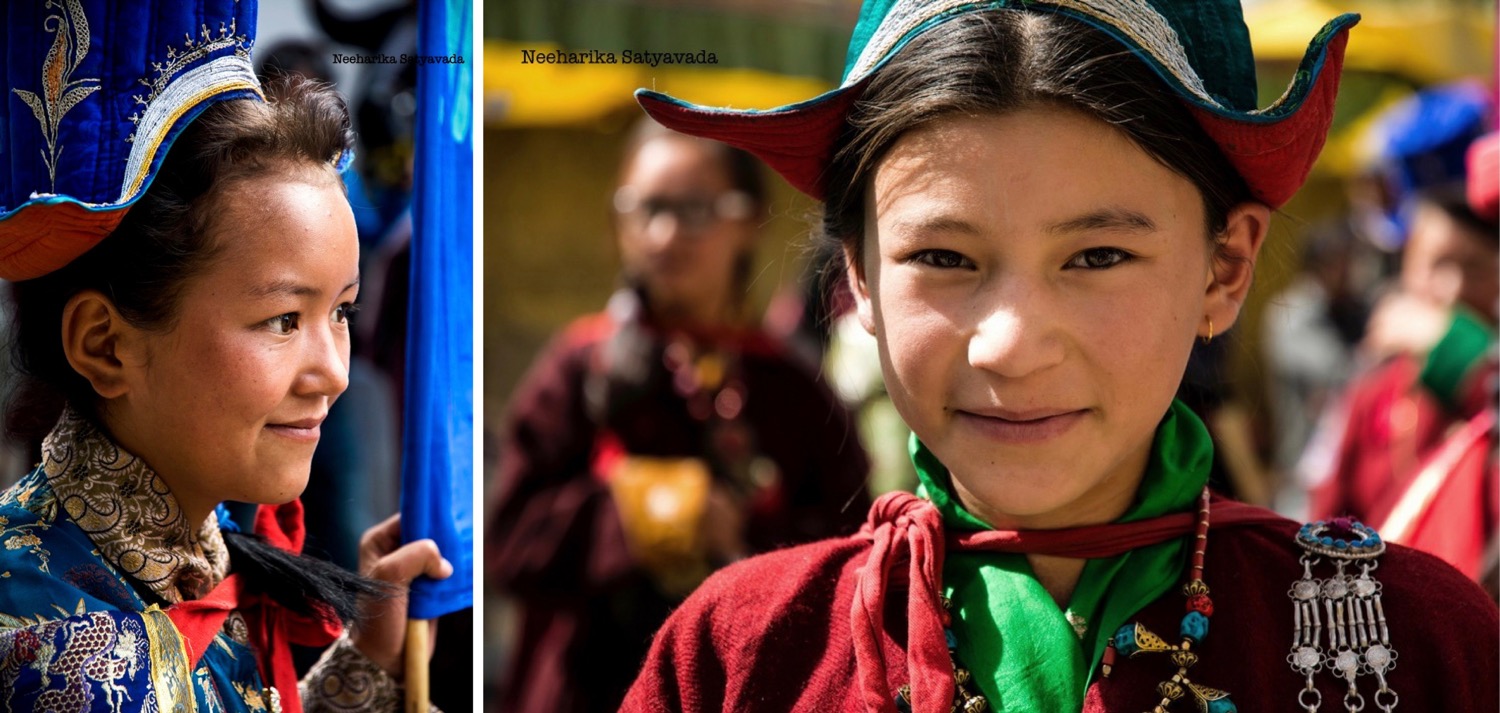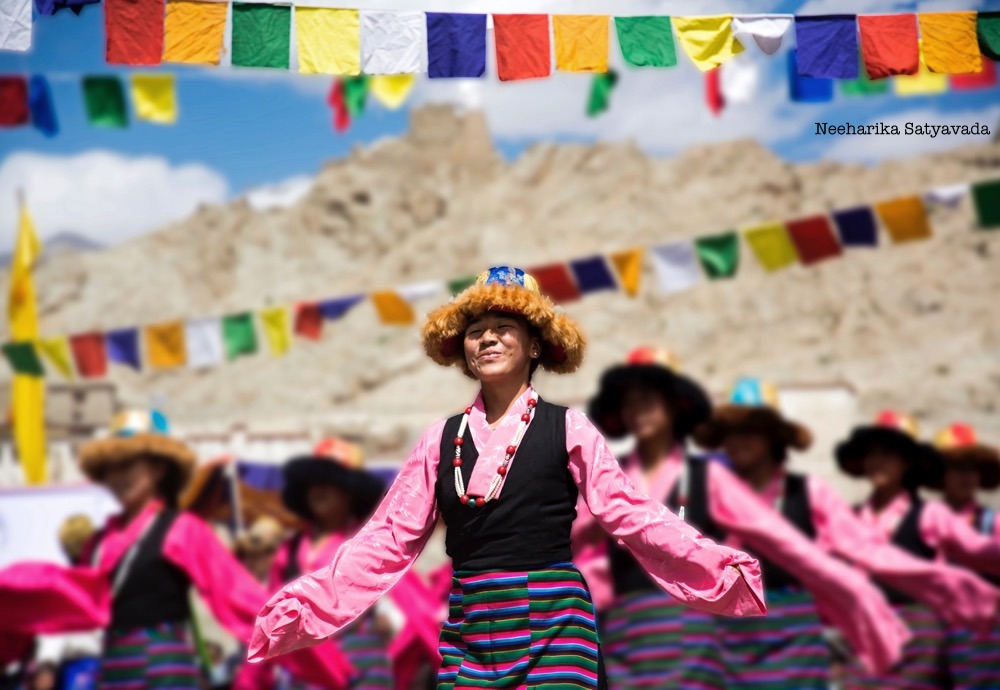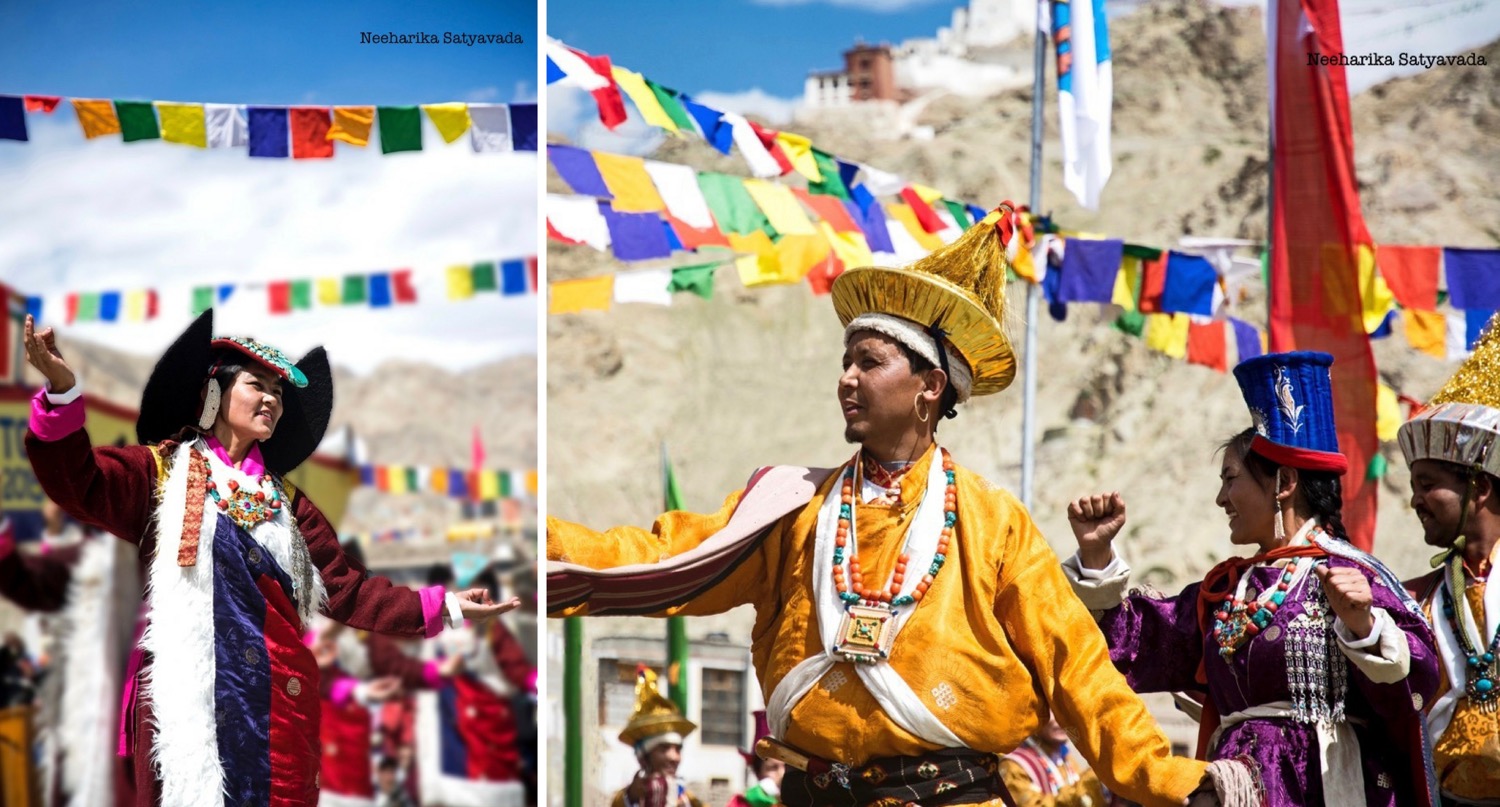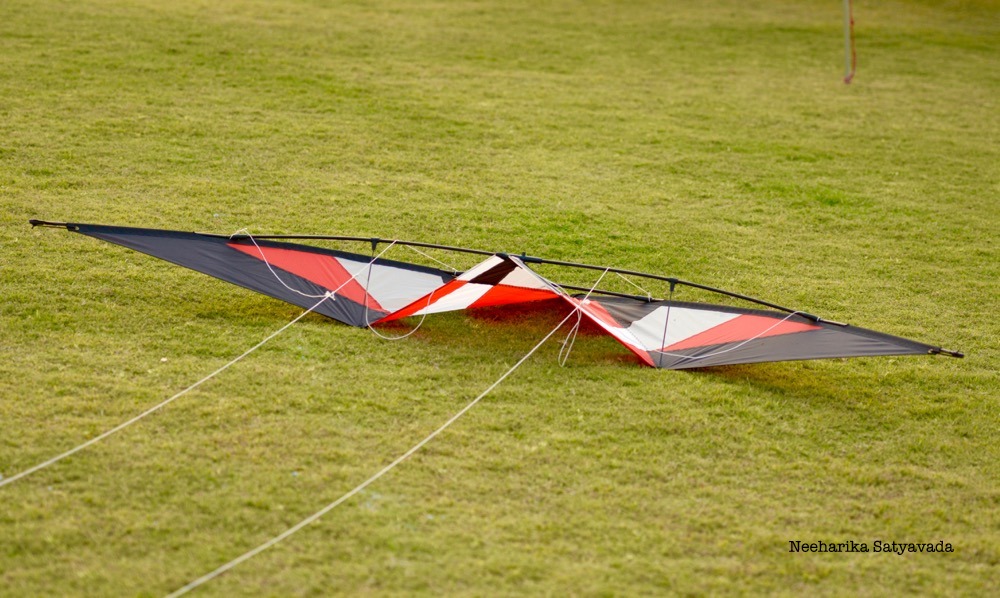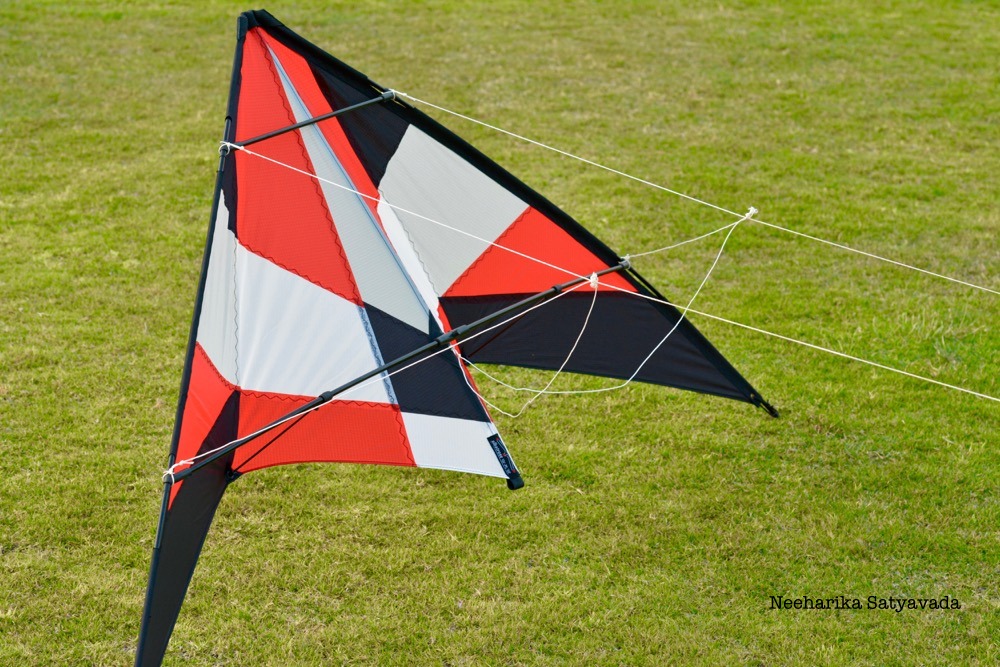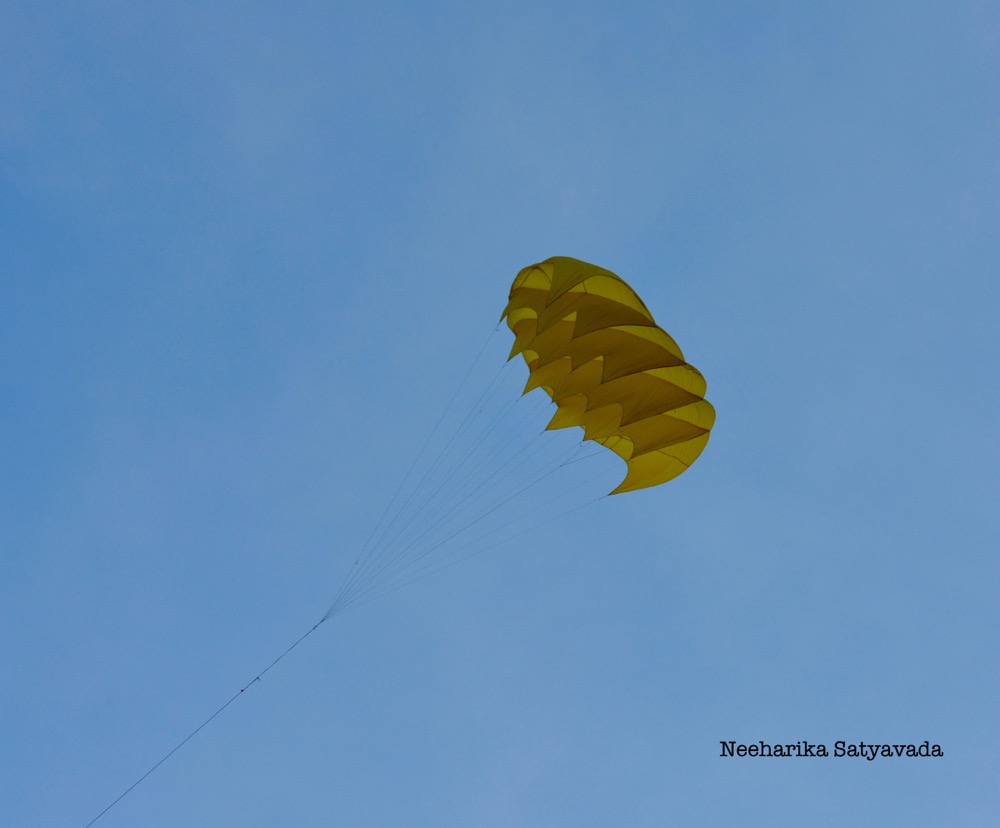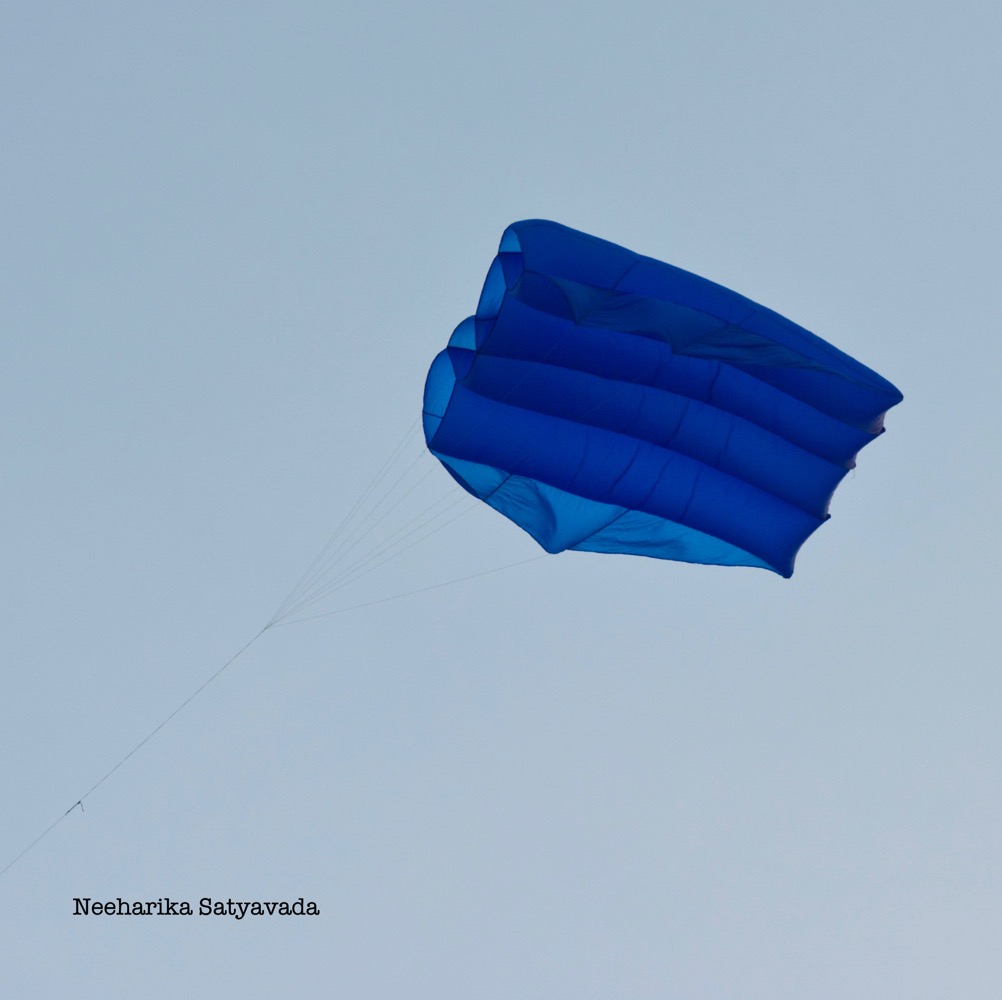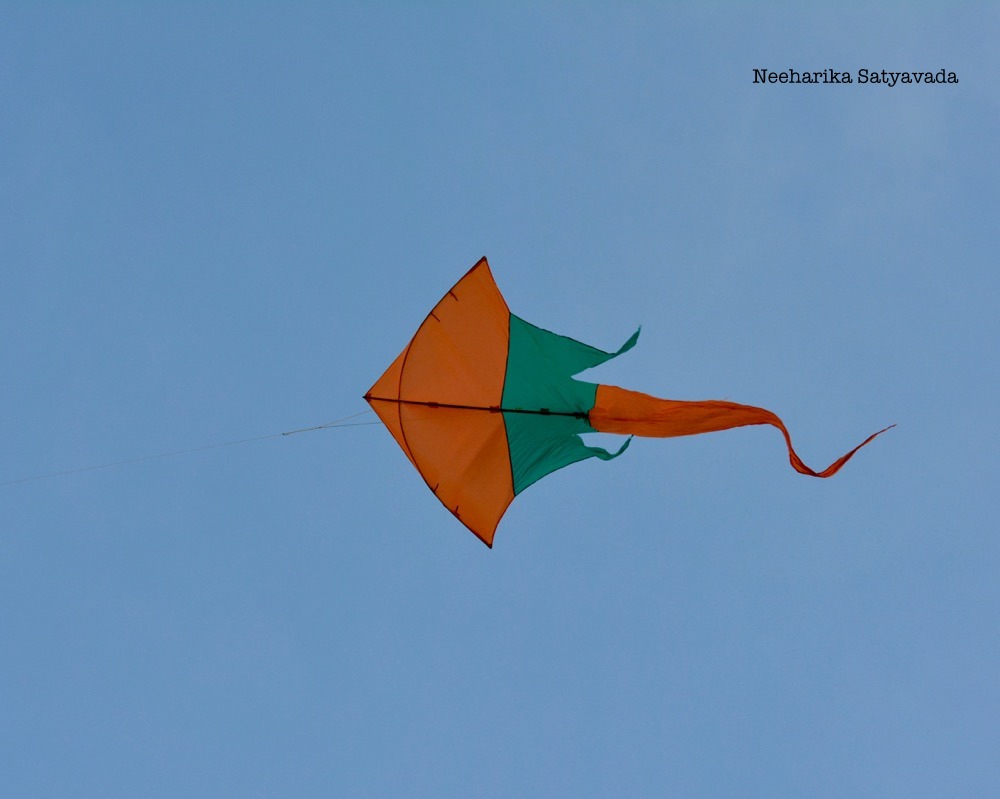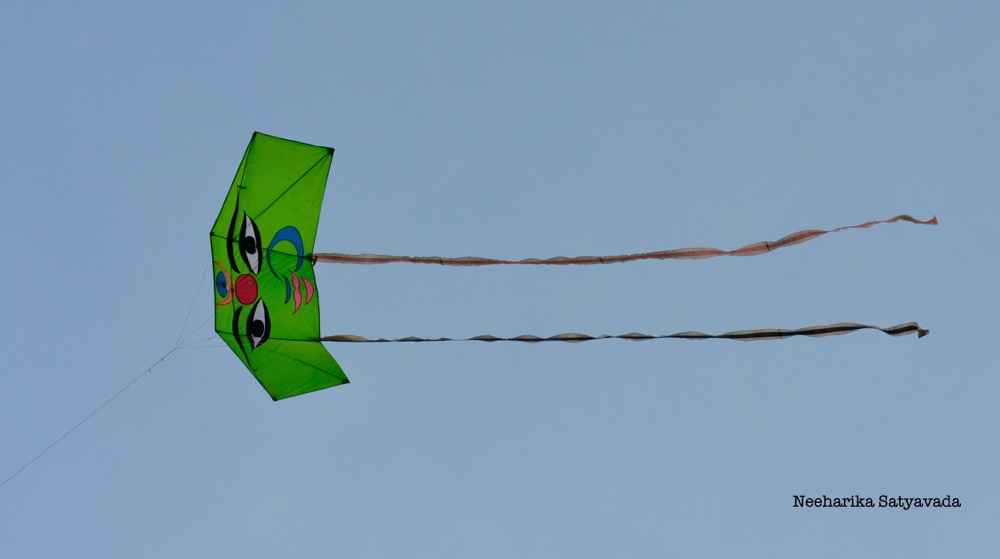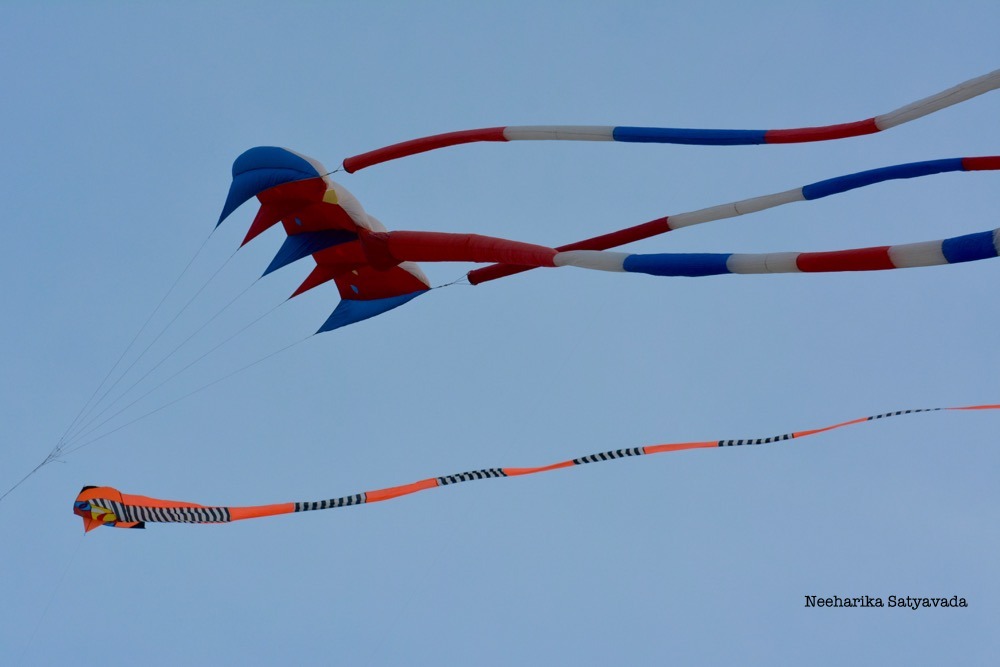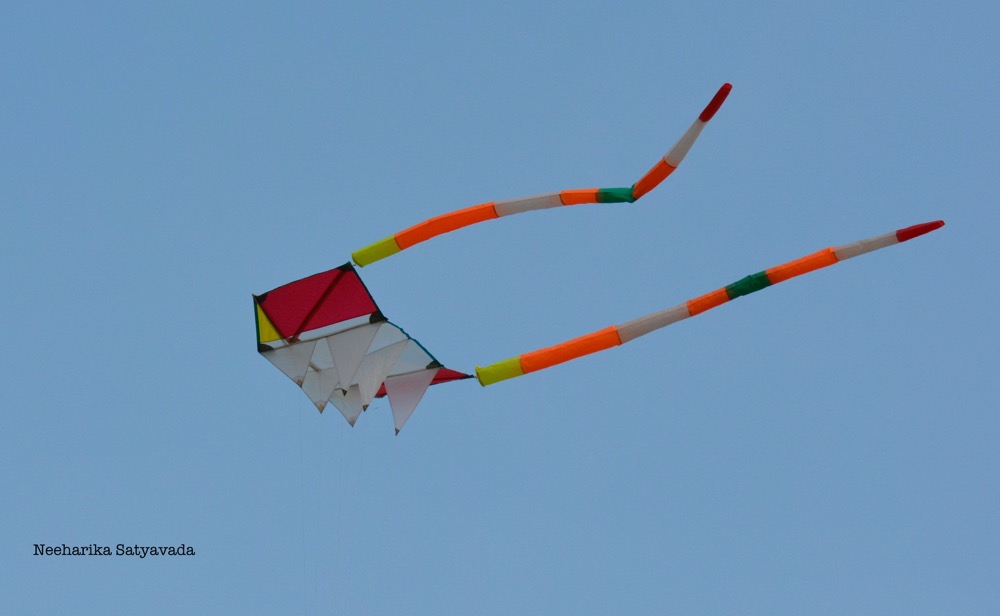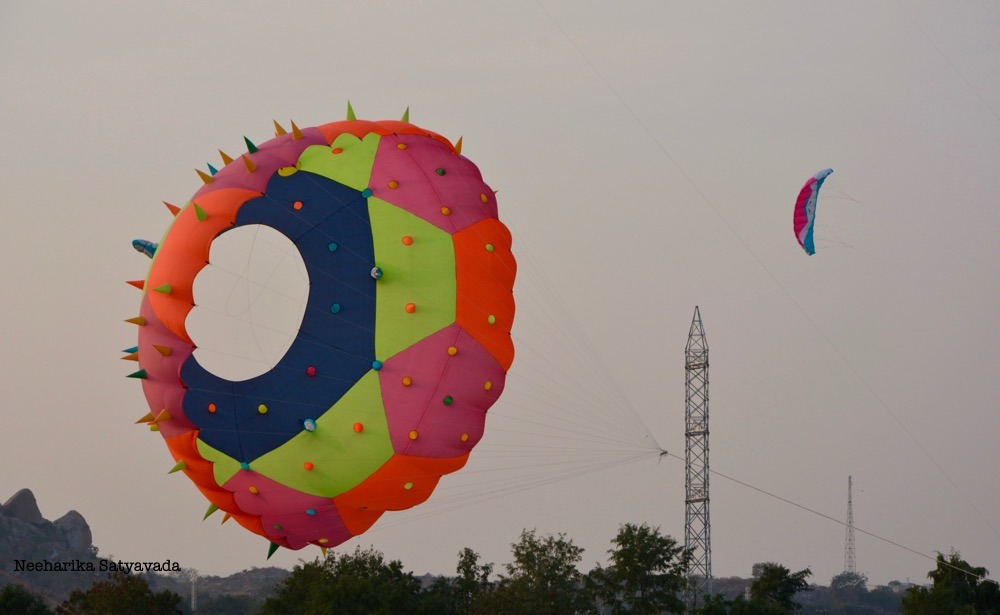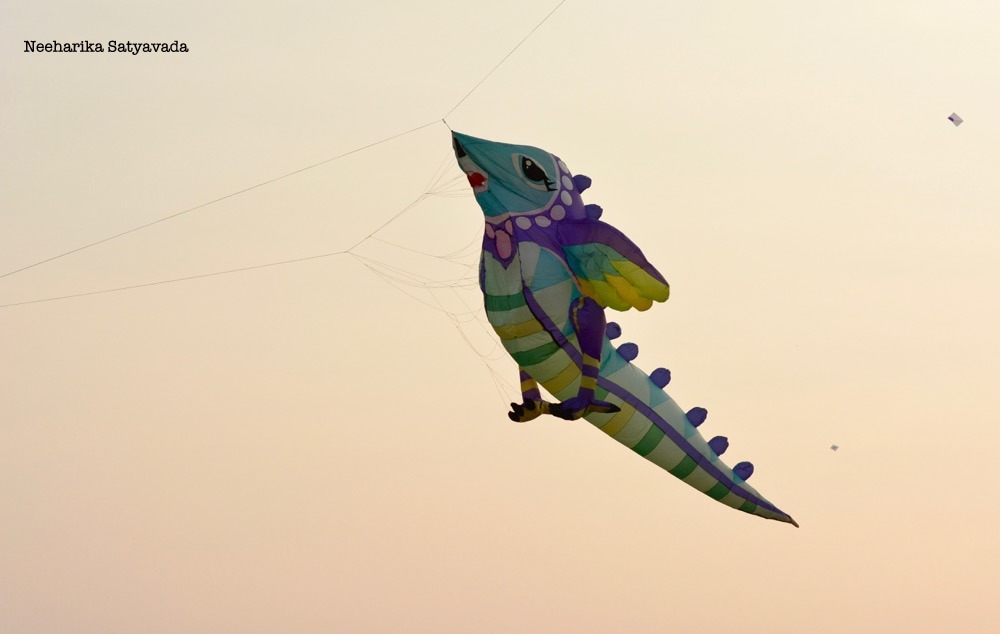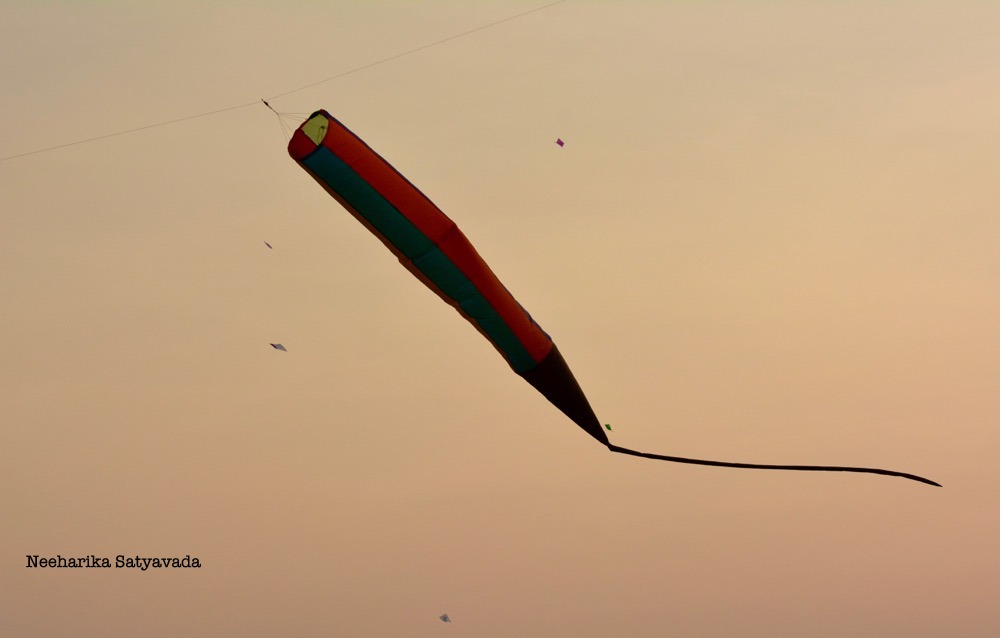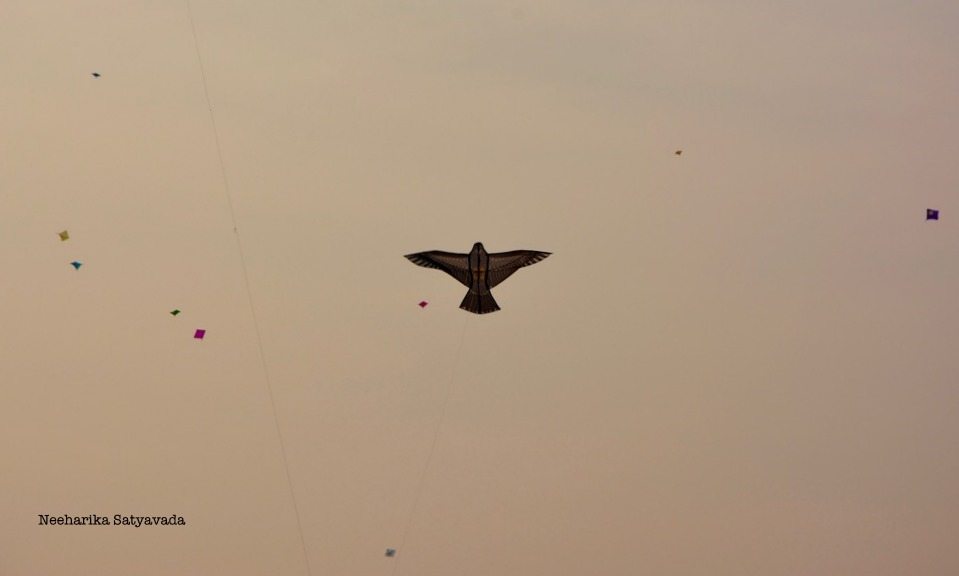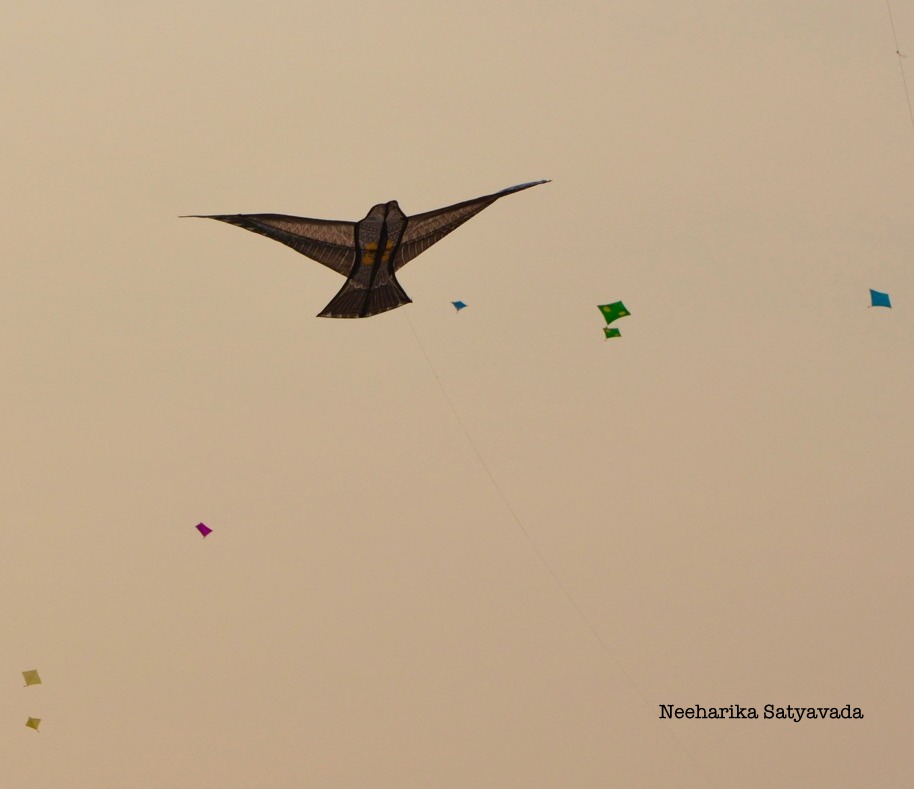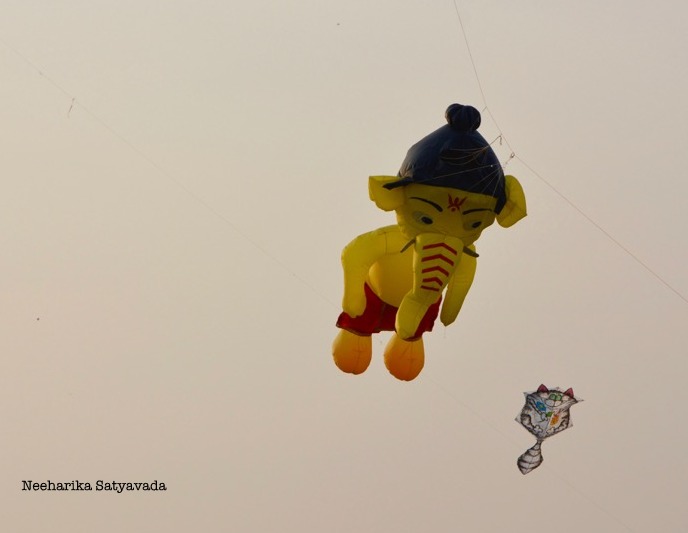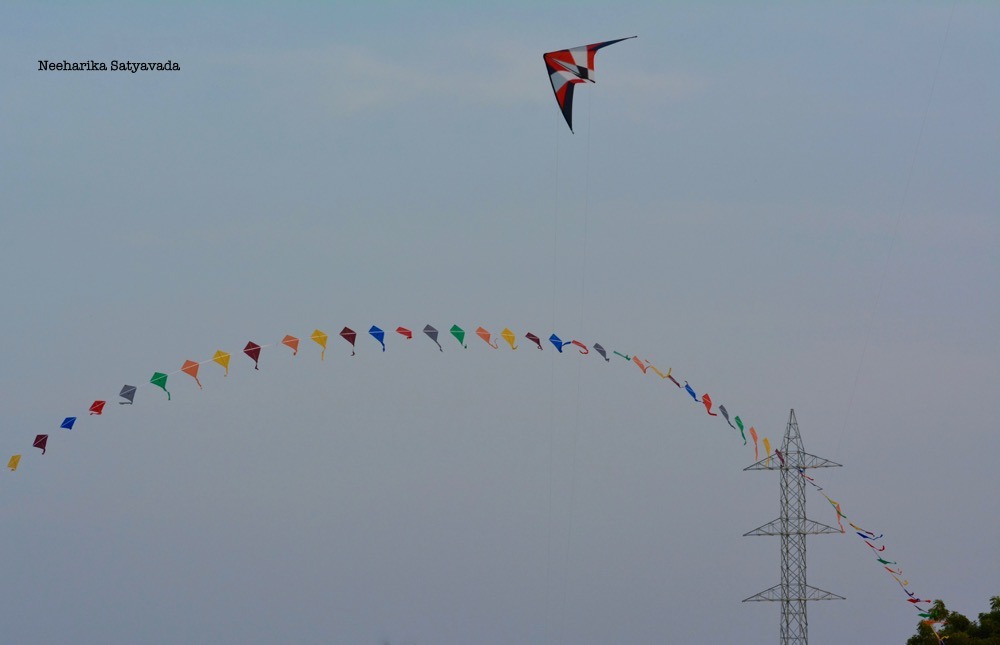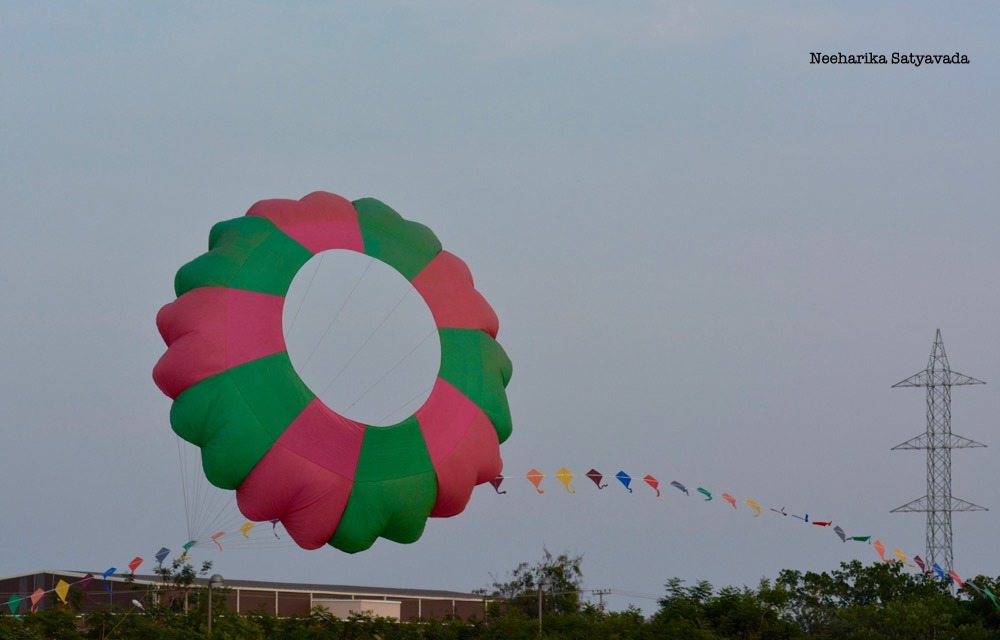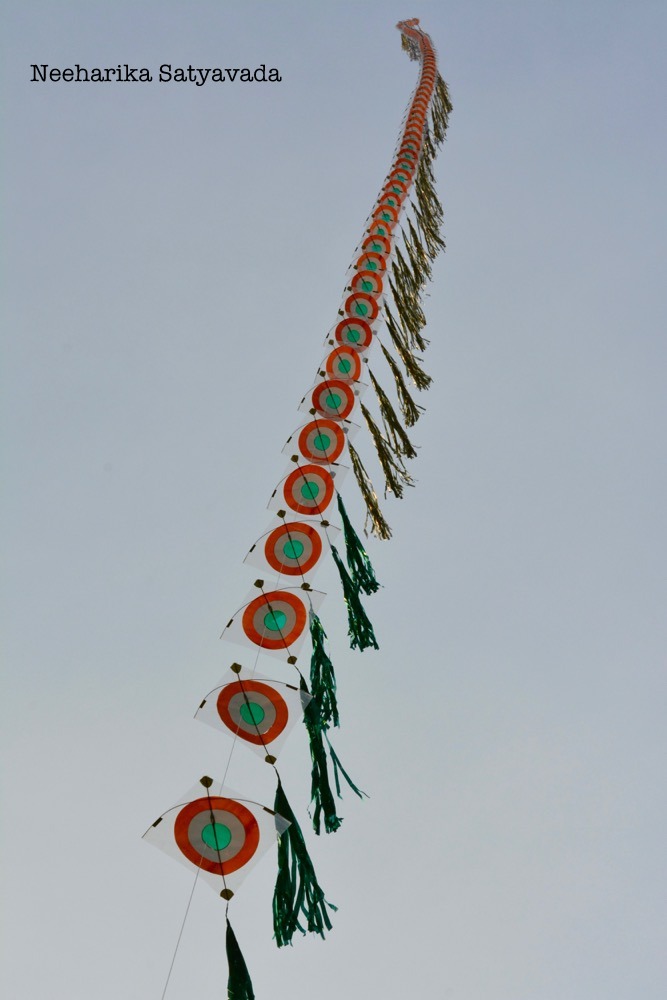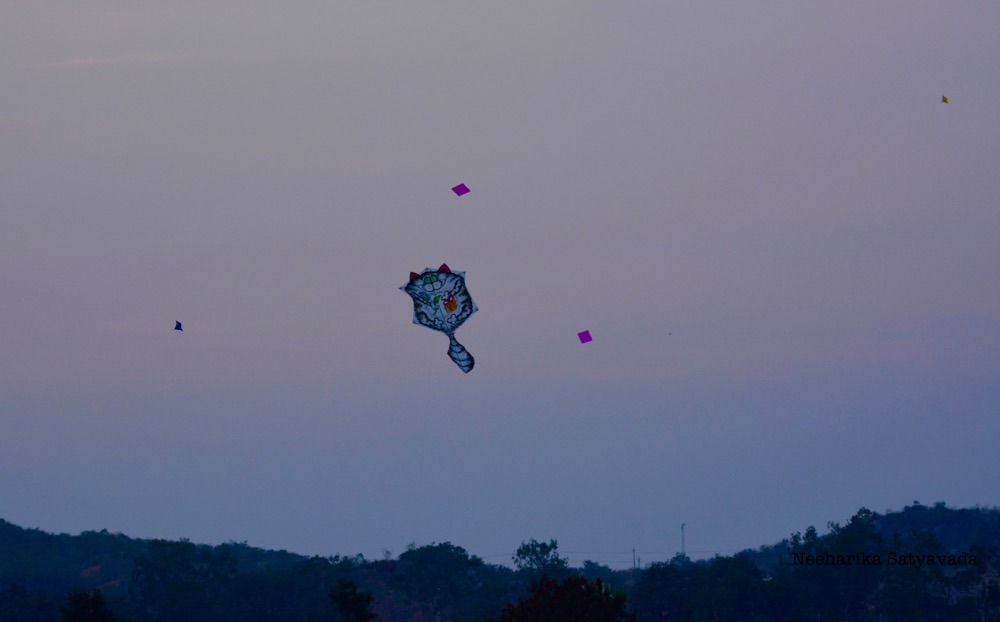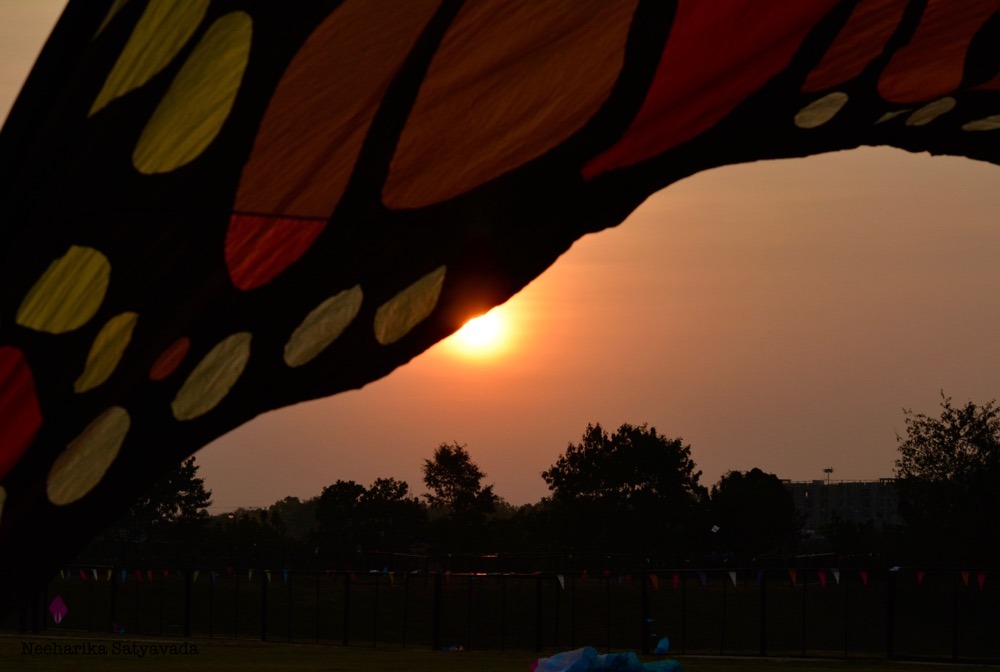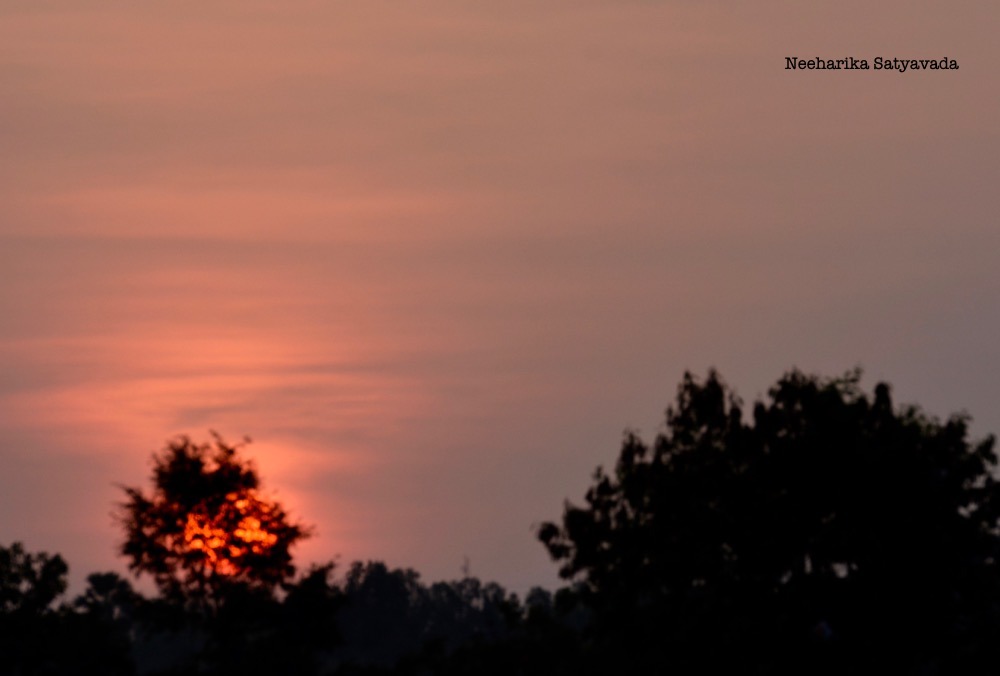Mr. Raghu Rai needs no introduction.
Five days of learning,
Three days of shooting,
& nine images barely passed muster.
Where is your camera?
You have to be ready. Always.
Those were his first words to me as we met at a dhaba along the road to Pushkar. He had left early from his home in Delhi, while I joined in from Jaipur later. This is where I met the entire group that I was to spend the next few days with, shooting at The Pushkar Mela. Eleven Photographers, the crew from Creative Image Magazine and him, the Father of Indian Photo Journalism.

Here is a quick look at what he taught us:
- No static images
- No pretty pictures please.
- Wait a minute. Perceive & Receive.
- Capture a moment. Stop thinking.
- Action
- Tension
- Continuity
- Intensity
- Resonance of forms
And, the oft-heard refrain that has come to be his legacy to me – “not enough”.
Every time I would read or hear people say how we need a human element for scale I never was convinced but after the life changing five days with Mr. Raghu Rai at the Pushkar Fair, I learnt to see through pictures. See what adds that spark of life to a photograph.
Though I might not always to be able to take a photograph that has action in every inch of the frame, interaction and an intensity of emotion and expression in every face. I do now try to incorporate at least a tiny gesture, some form of action – interaction and for lack of a better word the precious ‘human element’ in my images.
The pictures that I took while walking in the alleyways of Old Udaipur in 2016 today seem so much more interesting. The motion blur that seemed flawed then adds movement and fluidity today. The people dotting the scene who were then a crowd today narrate a story, a life paused as the shutter of my camera closed.
Thank you sir, for changing my entire perspective. I haven’t just learnt crafting images but also how to see and understand them. What I knew and understood of photography before you, now, seems nothing.
Thank you. ??
Of the ‘final nine’ photographs, one eventually found its place in the January 2018 issue of Creative Image Magazine.

While another found a place in my heart.
An indelible image now. It will always stand for Pushkar Ji with Raghu Rai for me. Incidentally, this was also the first image that I made alongside this brilliant master of photo journalism.

& these here are the rest of the images that got a nod.
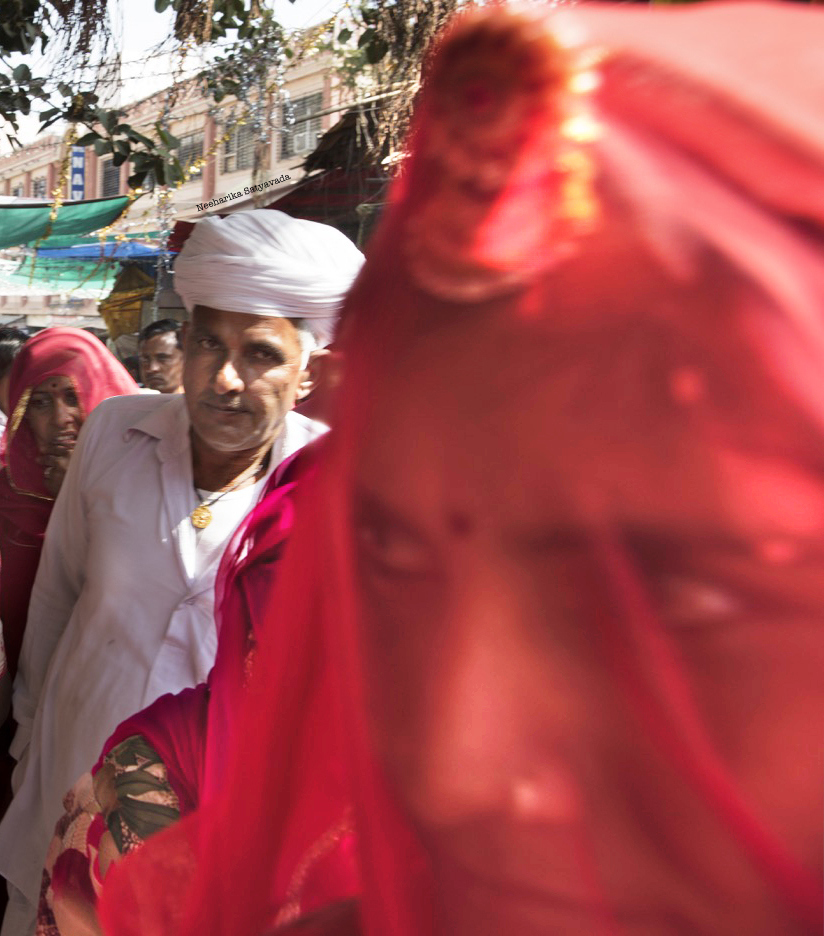
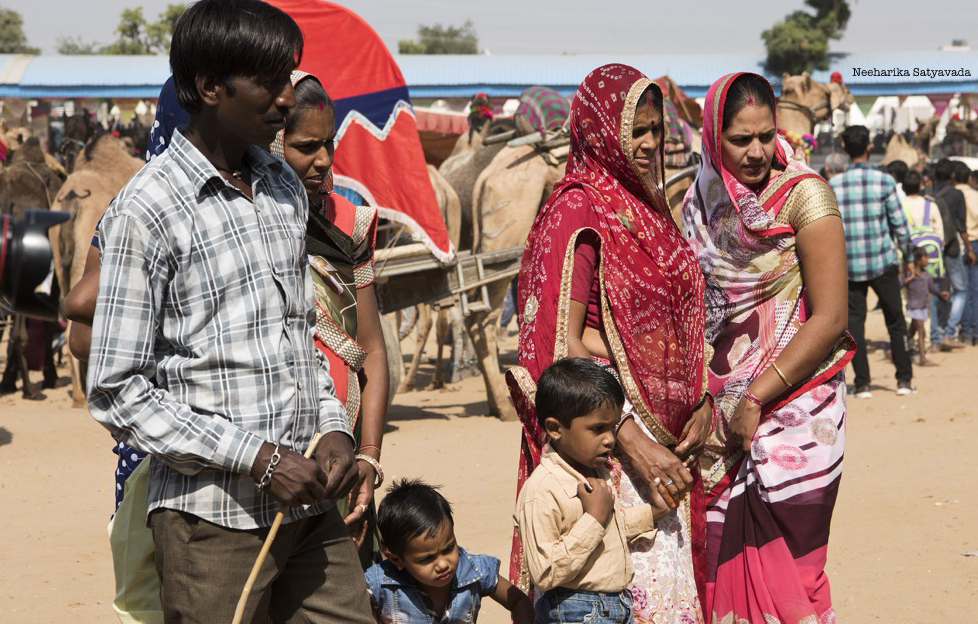
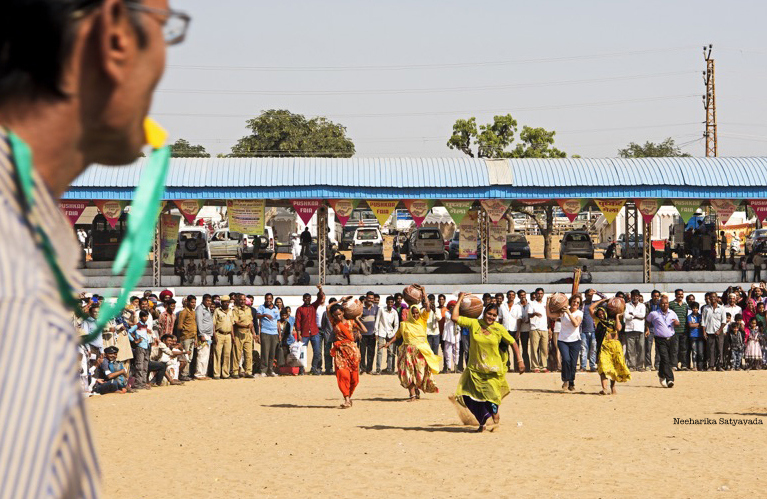
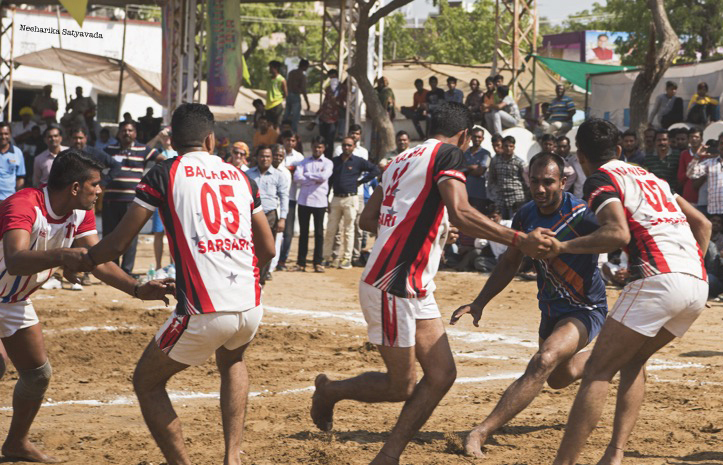
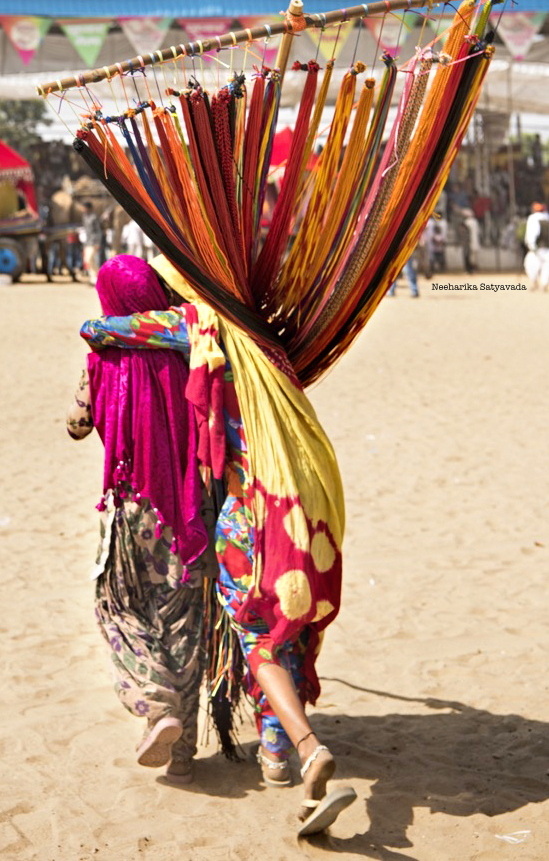


Travel with me. Come find me on Instagram, Facebook or Twitter.
